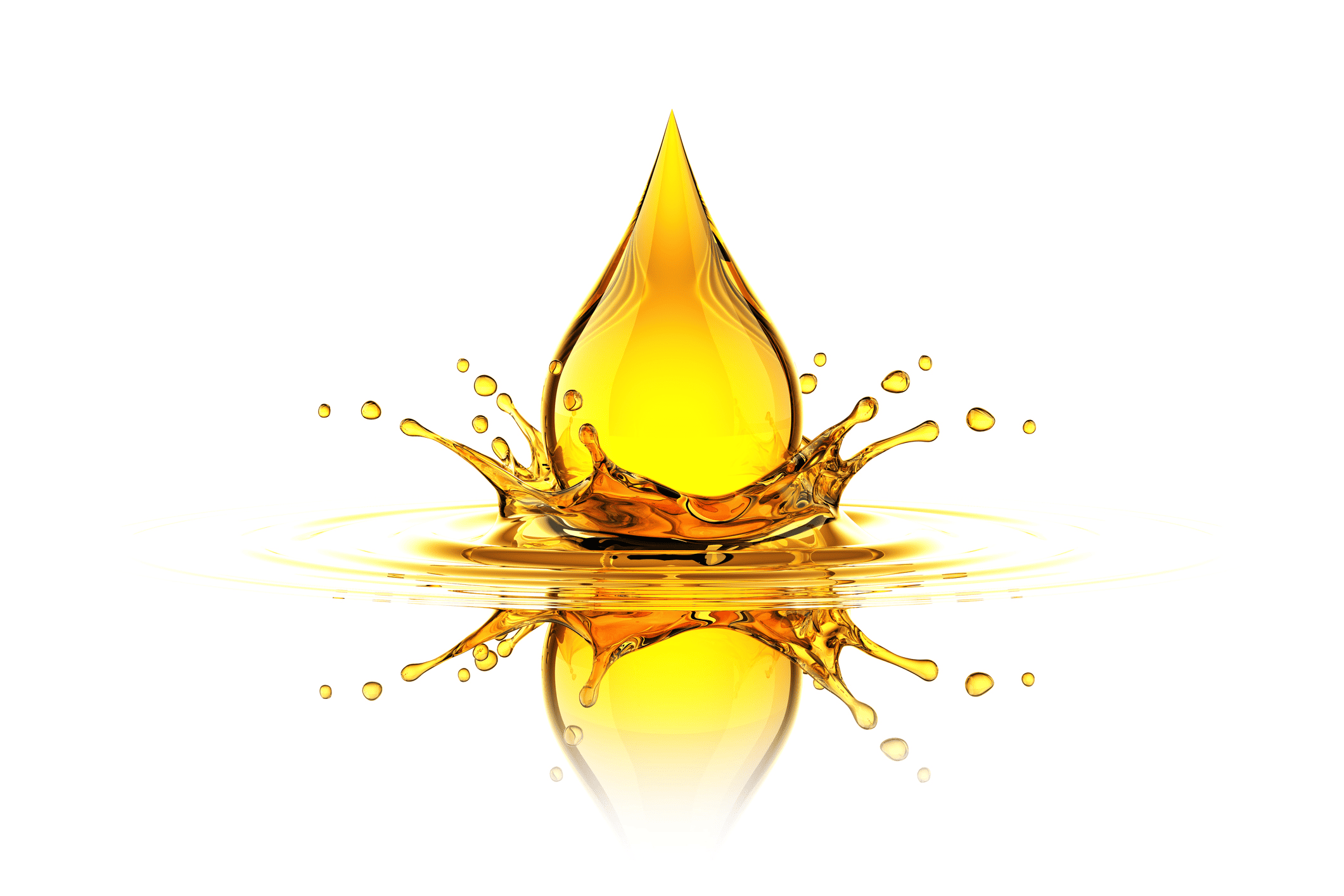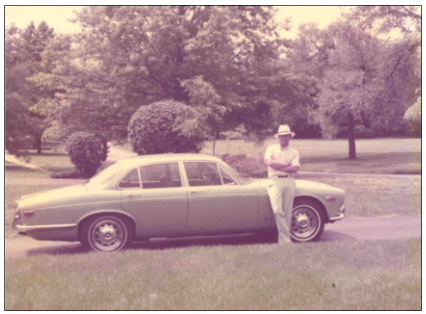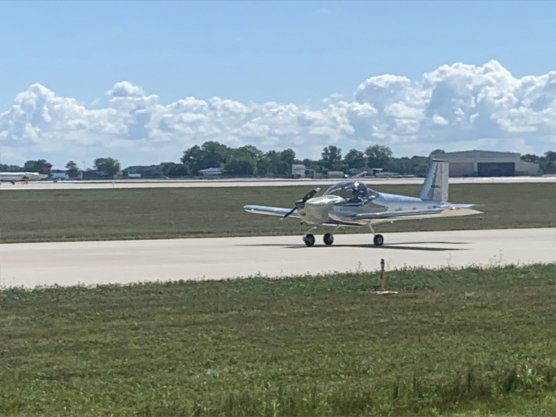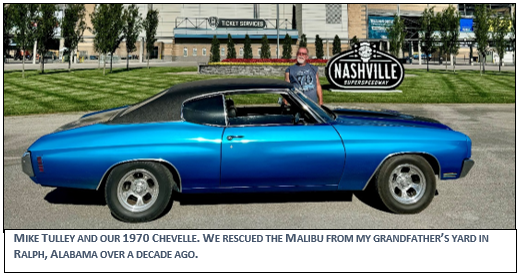How Often Should I Change My Oil?
There's not one answer - the best oil change interval depends on many factors

When it comes to the questions we get here at the lab every day, right up there with “What kind of oil should I use?” is “How often should I change my oil?” Continental and Lycoming both have guidelines in place, and generally speaking it’s 50 hours for those with spin-on filters and 25 hours for engines equipped with oil screens. But as you know, way more than calendar time should go into determining how often you should be changing your oil. There’s not just one answer for everyone. The engine manufacturer’s guidelines are better than nothing, but there’s also oil analysis. Guess which method we like best for determining how often you should change the oil?
Inactivity
One of the biggest factors we use in determining how often to change your oil is how active the engine is. We used to say you need to fly ten hours a month to keep corrosion away, but a few years back we realized that people were doing fewer hours than that and still getting decent wear numbers. So we lowered our general threshold to five hours of flying a month as what we consider “active” for an aircraft engine.
The problem is, a lot of people don’t like to admit their beloved aircraft has been inactive. But it’s okay to admit it. We can almost always tell. We even have a little question on the back of the oil slip that says “Any inactivity or problems/suspicions?” Inevitably, someone will pen a big NO in that space when in reality, he or she let the plane sit for eight months, then flew it 10 hours in the span of a month. “No!” they protest. “It hasn’t been inactive! I flew 10 hours this month!”
Inactivity usually shows up as aluminum and iron, from oxides and wear at the pistons and cylinders, though other metals can show up too. Trust me, it’s okay to admit when your engine has been inactive. That’s generally an easier and more fun problem to have than a bona fide mechanical issue. When we suspect corrosion, we almost always recommend cutting back to a shorter oil change. While changing the oil more often doesn’t prevent corrosion from happening, it does allow you to 1) monitor the corrosion to make sure it’s not getting out of hand, and 2) get the metal-laden oil out of the system sooner, so not as much metal gets washed into the oil when you crank over the engine. Abrasive oil causes more wear. Even if you have to change the oil with just two or three hours on it, that’s fine. We’d much rather see that than a fill that sat a year, accumulated 20 hours, and was full of metal.
Metal
Of course, as an oil analysis lab we also look at how much metal your engine is producing. If you’ve seen our reports, you know that we keep a database of all the engines we’ve ever seen. We average their wear and then compare that to your own sample to see what’s reading high, what’s normal, and what’s better than most. We like it when you send along notes. The more you tell us about what’s been happening with the engine lately or any specific conditions that might affect the sample, the better our comments on your sample will be.
An engine that’s making more metal than average will usually need more frequent oil changes. That doesn’t fix a problem, if one exists, but it does help you to monitor it more closely and get the abrasive oil out of the system sooner rather than later.
Contaminants
The main contaminants in aircraft engine samples are fuel, water, and blow-by. Blow-by is hard to avoid ¾ all engines blow by to some extent. You want to see lead holding steady from sample to sample. If it’s increasing, we’ll often recommend shorter oil changes until you can figure out what’s going on.
Water can enter the system just from condensation in the air, though we don’t usually see more than a trace from that. And traces of moisture, while not ideal, probably aren’t going to hurt too much. They might accelerate corrosion if you’re not flying all that much, but usually a trace of moisture won’t cause too many problems. When more than a trace of water is showing up, and it’s showing up in every sample, it can be a sign of something else going on. Often, an incorrectly set-up air/oil separator will cause moisture in the oil. When we’re consistently seeing more water than normal, we’ll often recommend going to a shorter oil change.
Fuel is also a common find in aircraft samples. We recommend taking the sample hot to eliminate any normal traces of fuel and moisture, but sometimes people have to take a cold sample, which results in fuel. And that’s okay. As long as you tell us about it, we’ll take that into account when we write the comments and we probably would not recommend using a shorter oil change just for traces of fuel. You can also get fuel in the oil from excessive priming, and again, as long as it’s not showing up in every sample, this is usually something that does not affect wear and will clear up next time. If, however, we’re seeing a lot of fuel from sample to sample, it can be a sign of something else going on so we would likely recommend a shorter oil change until you can figure out what’s up.
Environment
Where you fly also affects how often you need to change your oil. Inactive engines in a dry place like Arizona can usually get away with keeping the oil in place longer than someone in Michigan or North Carolina. In fact, humidity can cause us to alter our standard less-than-5-hours-is-inactive rule. Someone in Georgia may be flying 8 to 10 hours a month and still getting signs of corrosion and need to change more often than someone with the same engine near a desert.
Acids
There’s a lot of talk out there about needing to change the oil more often due to acid build-up in the oil, and we’d say that’s a load of hogwash. In fact we did an article on that topic for our last newsletter. Basically we ran total acid tests on a whole slew of aircraft samples and only three out of 63 samples had a TAN (Total Acid Number) over 2.0. And 2.0 is still a low reading ¾ we consider anything above ~4.0 to be acidic. Never say never, but I predict pigs will be flying before we’ll tell you to change your aircraft oil because it’s getting too acidic.
What about the oil?
Notice what we have not said we take into account: the brand you’re using and whether it’s straight-weight or multi-grade oil. When Jim started this company back in 1985 he came up with a line he liked to use: Oil is oil. We still stand by that today. The oil guys would have you believe otherwise, but brand really does not seem to make a difference in how your engine wears, or how often you can change your oil.
Well, okay, if you’re using Joe Bob’s Oil that he “recycled” in the back of the hangar from emptied-out oil pans that he filtered with a piece of cheesecloth, we might say in that case brand does matter. But as long as you’re using an aircraft-certified aircraft oil, your engine probably isn’t going to care what you use. We like straight weights and we like multi-grade oils. In the end, what you use and how often you change your oil is completely your choice. We’ll give you our recommendation and you can do whatever you want with it. If you want to run longer on the oil despite having high wear, that’s totally fine. And if you have great numbers and you really like changing the oil often, we’re not going to send out the Blackstone henchmen to tell you to start running longer. Keep your own situation in mind and make your informed decision based on what’s showing up in the oil and filter/screen, what the engine monitors are telling you, and your own comfort level. It’s your airplane and your money!
Related articles
A New Wave
Saying goodbye to my 1984 Chevy
TBNs & TANs: Part 2
Determining how heat affects the TBN and TAN of the oil
Finishing the RV-12
The last article in our series on finishing the RV-12
In the Thick of it!
Five cities, five days, 5000+ cars: the 2024 Hot Rod Power Tour!









